Wine enthusiasts know that decanting wine can significantly improve its taste and aroma. In this comprehensive guide, we'll explore everything you need to know about decanting wine, from why it matters to step-by-step instructions and helpful tips. By the end of this article, you'll be well-equipped to master the art of decanting and elevate your wine experience.
The Purpose of Decanting Wine
Why Decanting Matters
Decanting wine serves two primary purposes: separating the sediment from the liquid and aerating the wine. The sediment, which is common in older wines, can cause bitterness and an unpleasant texture when consumed. By decanting the wine, you can enjoy a smoother and more pleasant taste.
Aeration is another significant factor in decanting. When wine is exposed to air, it allows the volatile compounds to evaporate, releasing the aromatic and flavorful elements. This process can enhance the wine's character and make it more enjoyable to drink.
The Benefits of Decanting
Decanting wine offers several benefits:
- Enhances the flavors and aromas of the wine
- Softens tannins in red wine, making it smoother
- Removes sediment for a better drinking experience
- Showcases the wine's visual appeal in a beautiful decanter
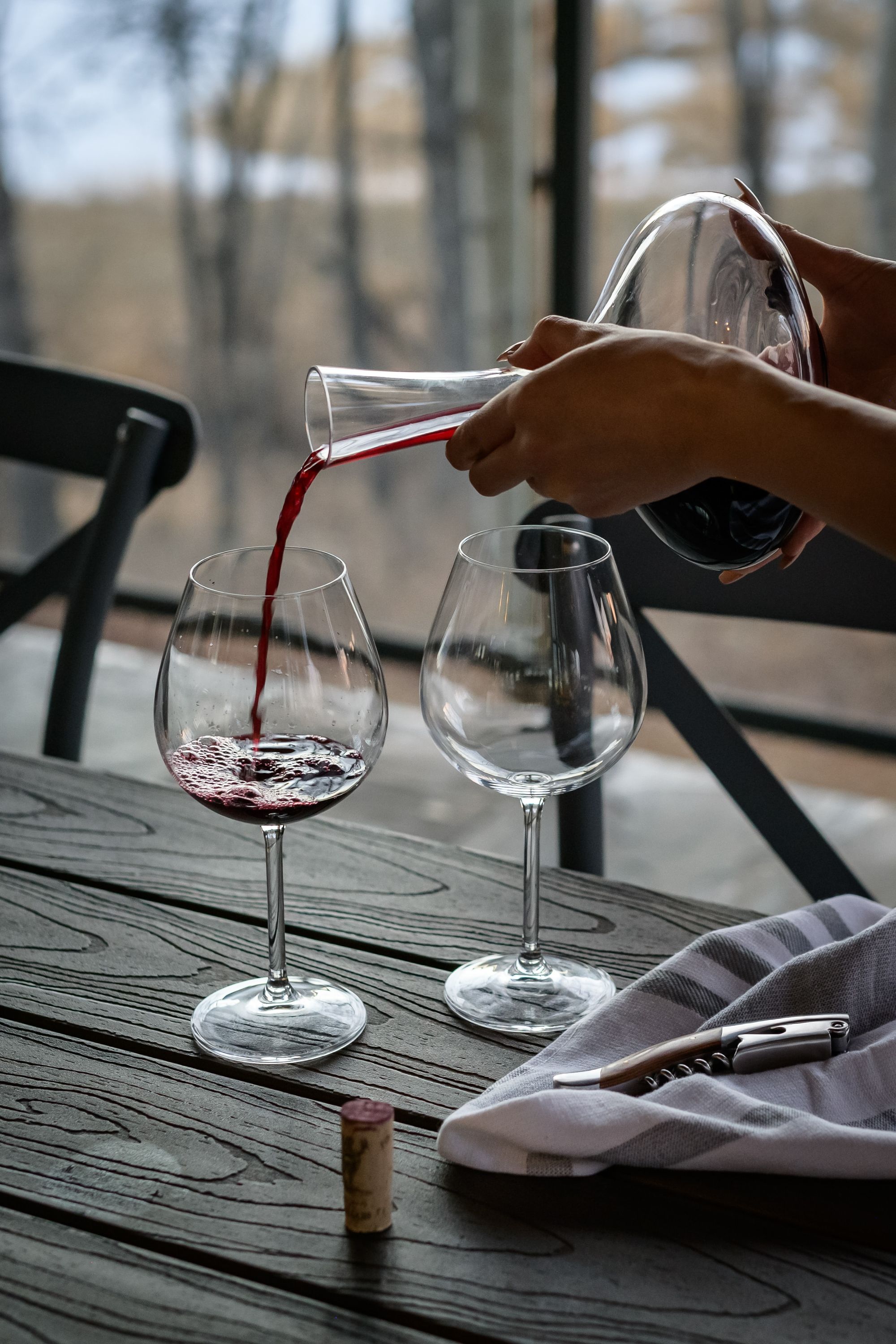


When to Decant Wine: Choosing the Right Moment
Decanting Young Wines
Young wines, especially reds with high tannin levels, can benefit significantly from decanting. The aeration benefit from decanting process helps soften the tannins and releases the full range of flavors and aromas. Depending on the wine, you may want to decant it for anywhere from 30 minutes to a few hours before serving.
Decanting Aged Wines
Older wines, particularly those with a significant amount of sediment, require decanting to separate the liquid from the sediment. In these cases, it's essential to decant the whole wine slowly, gently and carefully to avoid disturbing the sediment. Aged wines typically need less time to aerate, so they can be served shortly after decanting.
How to Decant Wine: Step-by-Step Instructions
Preparing Your Workspace
Before you start decanting, ensure you have the following items handy:
- A clean, dry decanter
- A corkscrew
- A source of light (optional, but helpful for spotting sediment)
- A clean cloth or paper towel (for wiping spills)
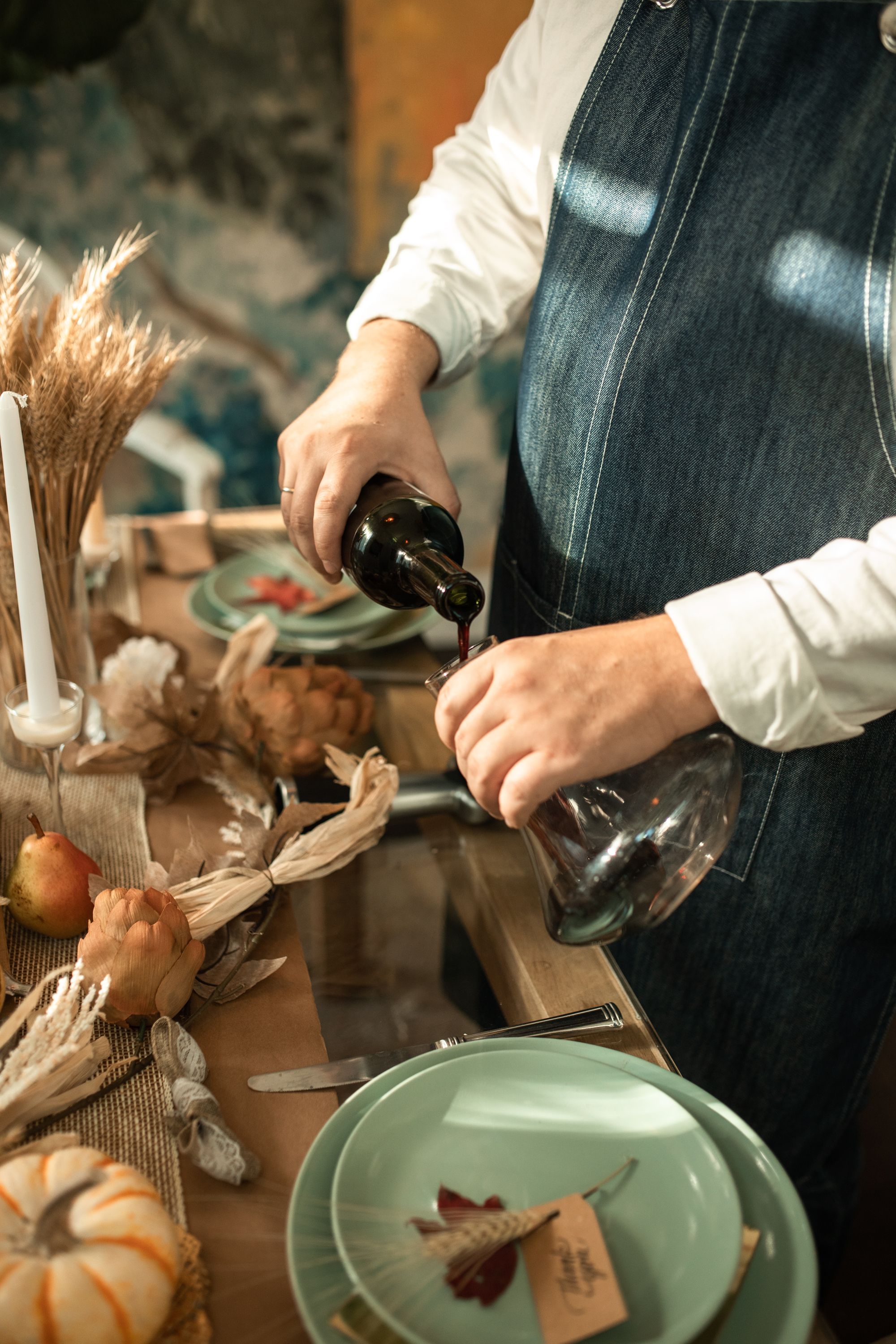

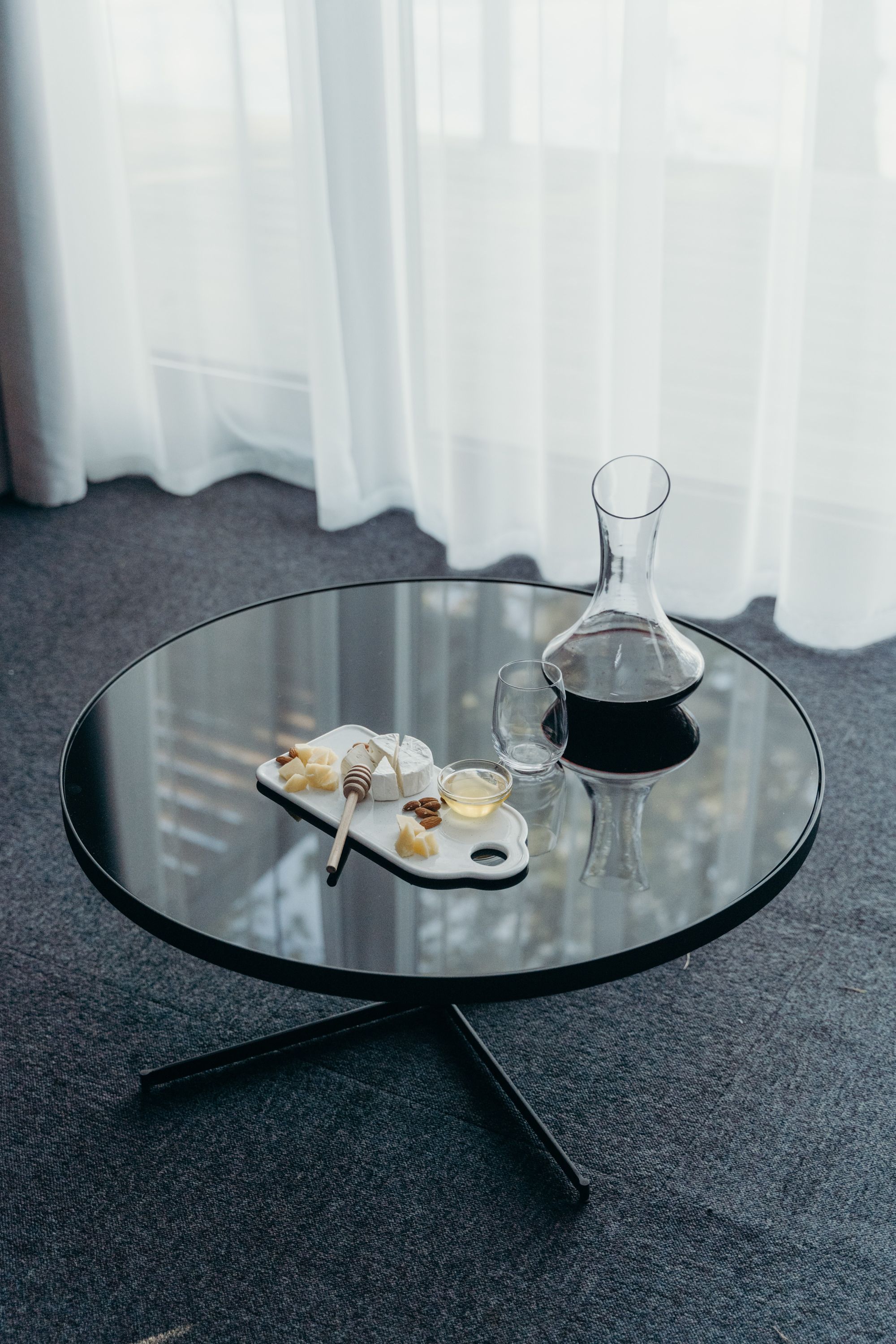
Selecting the Right Decanter
Choose a decanter that suits your needs and preferences. There are many types of decanters available, from simple glass carafes to elegant crystal designs. The ideal decanter should have a wide base to maximize the wine's exposure to air and a narrow neck to prevent excessive oxidation.
Uncorking the Wine Bottle
Carefully open the wine bottle with a corkscrew, taking care not to disturb any sediment that may be present. For older wines with fragile corks, you may want to use a specialized wine opener like an Ah-So or Durand corkscrew.
Decanting the Wine
To decant the wine, hold the bottle over the decanter at a 45-degree angle. Slowly pour the wine into the decanter, keeping an eye on the sediment. A light source behind the bottle can help you spot the sediment as it approaches the neck of the bottle. Stop pouring when you see sediment approaching the neck, leaving the remaining bottle of wine with sediment in the bottle.
Timing the Decanting Process
The amount of time needed to decant a wine depends on its age, type, and personal preferences. As a general rule, younger wines with high tannin levels need more time to aerate, while older wines require less time. Experiment with different decanting times to find the perfect balance for your palate.
Decanting Terminology: Key Words to Know
Sediment
Sediment refers to the solid particles that form in wine over time. It is common in aged wines and can create an unpleasant texture when consumed. Decanting helps separate the sediment from the liquid, resulting in a smoother drinking experience.
Aeration
Aeration is the process of exposing wine to air, allowing volatile compounds to evaporate and releasing the wine's flavors and aromas. Decanting wine promotes aeration, enhancing its taste and bouquet.
Oxidation
Oxidation occurs when wine reacts with oxygen, causing chemical changes that can alter its flavor and aroma. While some oxidation is desirable during decanting, excessive exposure to oxygen can result in a flat or stale wine taste.

Secrets and Suggestions for Novice Wine Enthusiasts
Decanting Red vs. White Wine
While decanting is most commonly associated with red wines, like the popular cabernet sauvignon, certain white wines can also benefit from the process. Full-bodied white wines, such as Chardonnay or Viognier, can develop more complex flavors and aromas with aeration.
For younger white wines, the exposure to oxygen helps soften the acidity and round out the sharpness of the flavor. Decanting also allows the wine to express its full body and potential with mellowed tannins or softened acidity.
When decanting white wine, take care not to over-aerate as it can lead to a flat flavor profile. White wines should be decanted for no more than 30 minutes, and the temperature should not exceed 50°F or 10°C. Additionally, take care not to leave white wine in a carafe too long as it can become oxidized, producing musty aromas and flavors.
Generally speaking, white and light-bodied red wines should not be decanted. As such, it is important to understand what type of wine you are dealing with before you consider decanting.
Using a Wine Aerator
If you're short on time or want a more straightforward alternative to traditional decanting, consider using a wine aerator. These devices attach to the bottle or glass and quickly expose the wine to air as it's poured, providing instant aeration. Some aerators even come with a filter to trap any unwanted sediment.
When using an aerator, it's important to remember that not all wines need aeration. If you're unsure, do a quick taste test before pouring to determine if aeration is necessary. Too much aeration may negatively affect the taste of some wines, so be sure to use it only when needed.
Also, take care to clean your wine aerator after each use; this will help ensure that it continues to work properly for years to come. With a bit of practice and experimentation, you'll soon become an expert at using your wine aerator!
Properly Cleaning Your Decanter
To keep your decanter in top condition, clean it promptly after use. Rinse the decanter with warm water, avoiding harsh detergents that could leave residue. For stubborn stains, use a decanter cleaning brush or specialized cleaning beads to gently scrub the interior.
Then, add some vinegar and warm water to the decanter and let it soak overnight. This helps break down any stubborn residue or grime.
Once you've finished cleaning your decanter, rinse it thoroughly with warm water. You can use a soft cloth to remove any remaining soap or detergent residue, then let it air dry. Keep in mind, never put your decanter in the dishwasher—the heat and detergents can damage the glass and ruin its delicate design.
👉 Related Reads: How Cold Does a Wine Fridge Get, White Wine Temperature, Dual Zone vs Single Zone Wine Cooler, Red Wine Temperature, Wine Fridge Temperature, How to Drink Wine, Wine Fridge vs Wine Cooler, Storing Wine at Home, How to Choose a Wine Fridge
Wine Decanting Frequently Asked Questions
How long do you decant wine for?
Decanting wine is a process of aerating it, which helps to open up the flavor and aroma of the wine. The amount of time you should decant a wine depends on the type of wine and its age. For young wines, it is recommended to decant wines for 15-20 minutes, while for older wines it is generally recommended to decant for 30 minutes to an hour. The longer you decant, the more intense the flavor and aroma of the wine will be.
How do you decant wine and keep it cool?
Decanting wine is a simple process of pouring the wine from the bottle into a decanter or carafe. This helps to separate the sediment from the wine and also aerates the wine, allowing it to open up and express its full flavor and aroma.
To keep the wine cool, you can place the wine decanter down in a bucket of ice and water. This will help keep the wine at a consistent temperature and will also help to keep the wine aerated. Alternatively, you can also use a wine cooler to keep the wine at the desired temperature.
How do you decant wine without a decanter?
You can decant wine without a decanter by using a pitcher or large bowl. Simply pour the wine into the container and let it sit for a few minutes to allow the sediment to settle. Once the sediment has settled, you can slowly pour the wine into a glass, being careful not to disturb the sediment. Alternatively, you can use a coffee filter or cheesecloth to strain the wine as you pour it into the glass.
Summary: Elevate Your Wine Experience with Decanting
As you can see, decanting wine is a simple yet impactful way to enhance your wine-drinking experience. By mastering the art of decanting, you can elevate your wine experience and enjoy the full range of flavors and aromas that each bottle has to offer.
As you experiment with different decanting techniques and times, you'll develop a better understanding of what works best for your personal preferences.
Don't be afraid to share your newfound knowledge with wine lovers, friends and family. Hosting a wine tasting party can be a fun way to explore the nuances of decanting together and discover how it can transform the taste of various wines.
As you continue to learn and grow as a wine enthusiast, you'll find that decanting is an essential skill that can enhance your appreciation of this timeless beverage.
So go ahead, grab a bottle of your favorite wine, and put your decanting skills to the test. Whether you're a seasoned wine connoisseur or a novice enthusiast, decanting is a simple yet powerful way to unlock the true potential of every wine you encounter.
In search of a top-notch wine cooler? Explore our best wine fridge recommendations to find the perfect fit for your unique requirements.
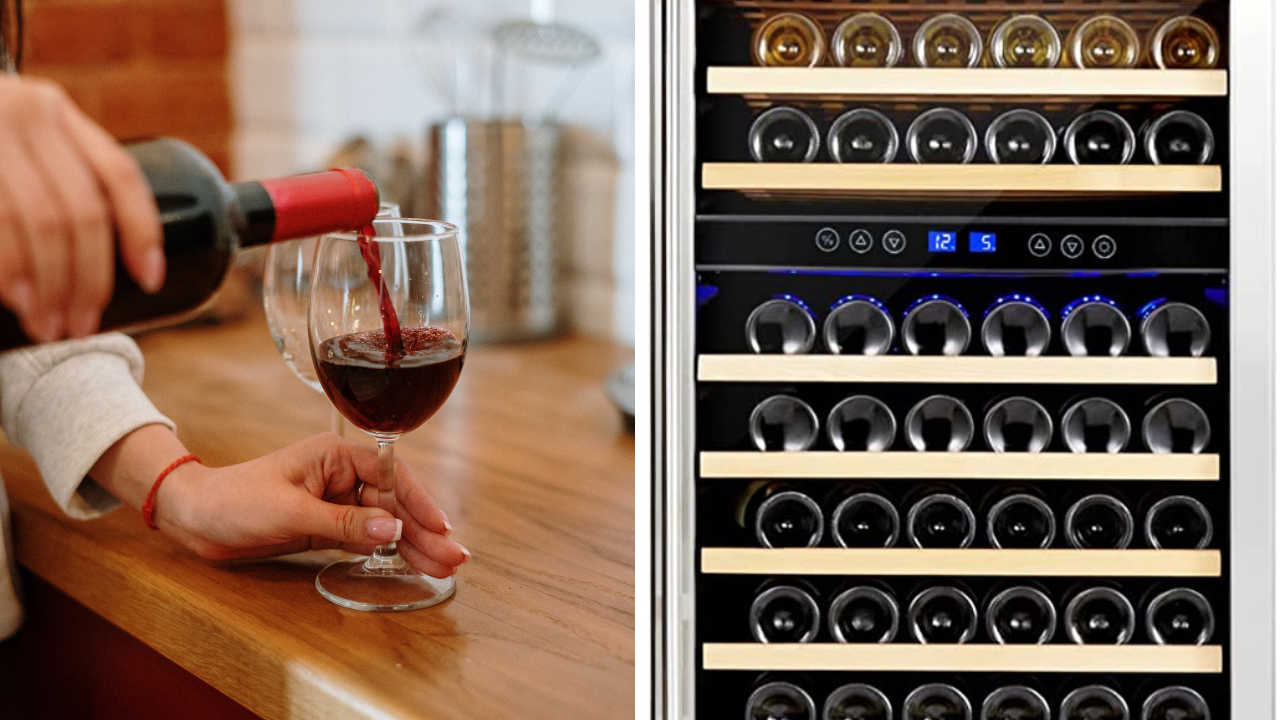
You may also enjoy reading about our top picks for the best under counter wine fridge.
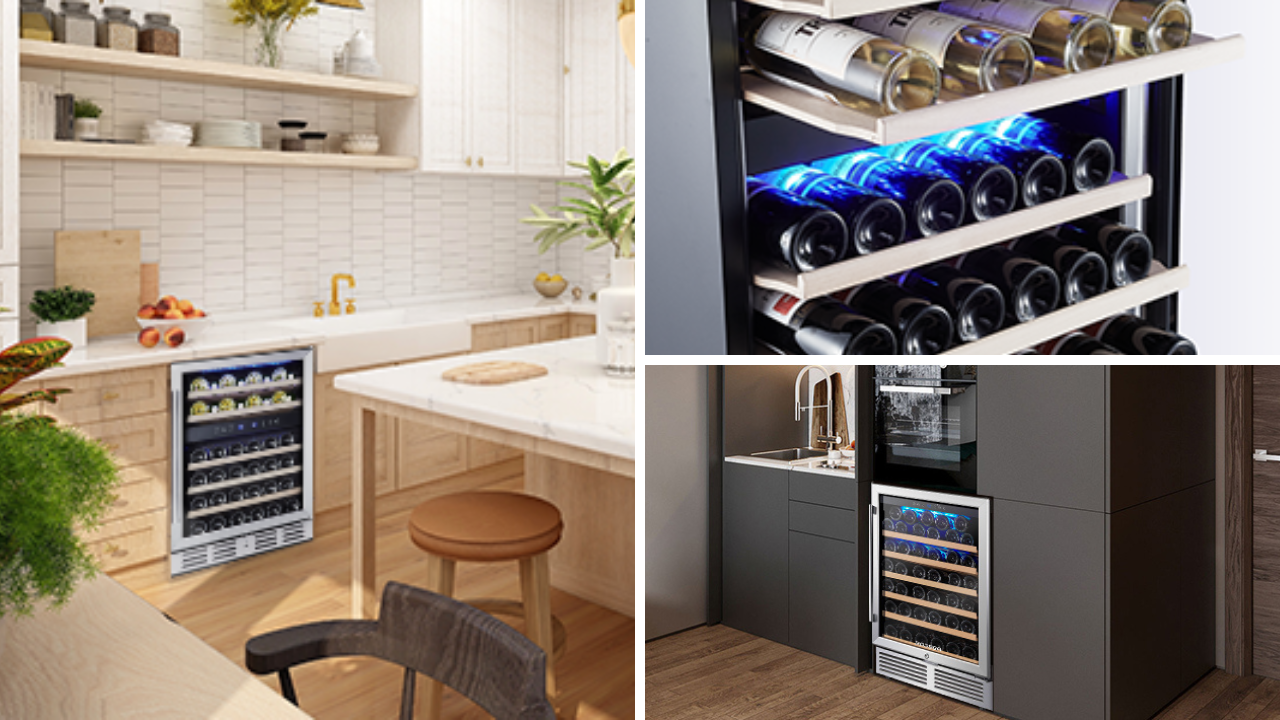
If you have a large wine collection then you should read our articles on the best large wine fridge.
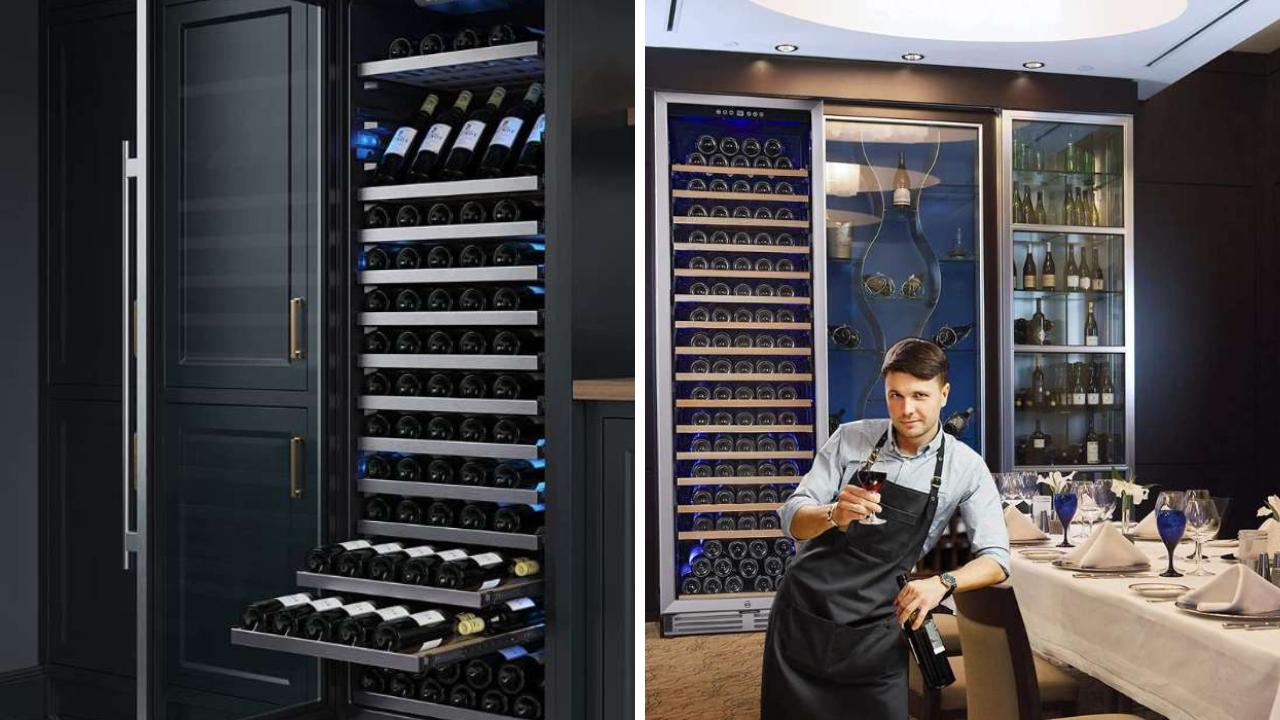
If you are tight on space, then check out our article on the best slim wine fridge.
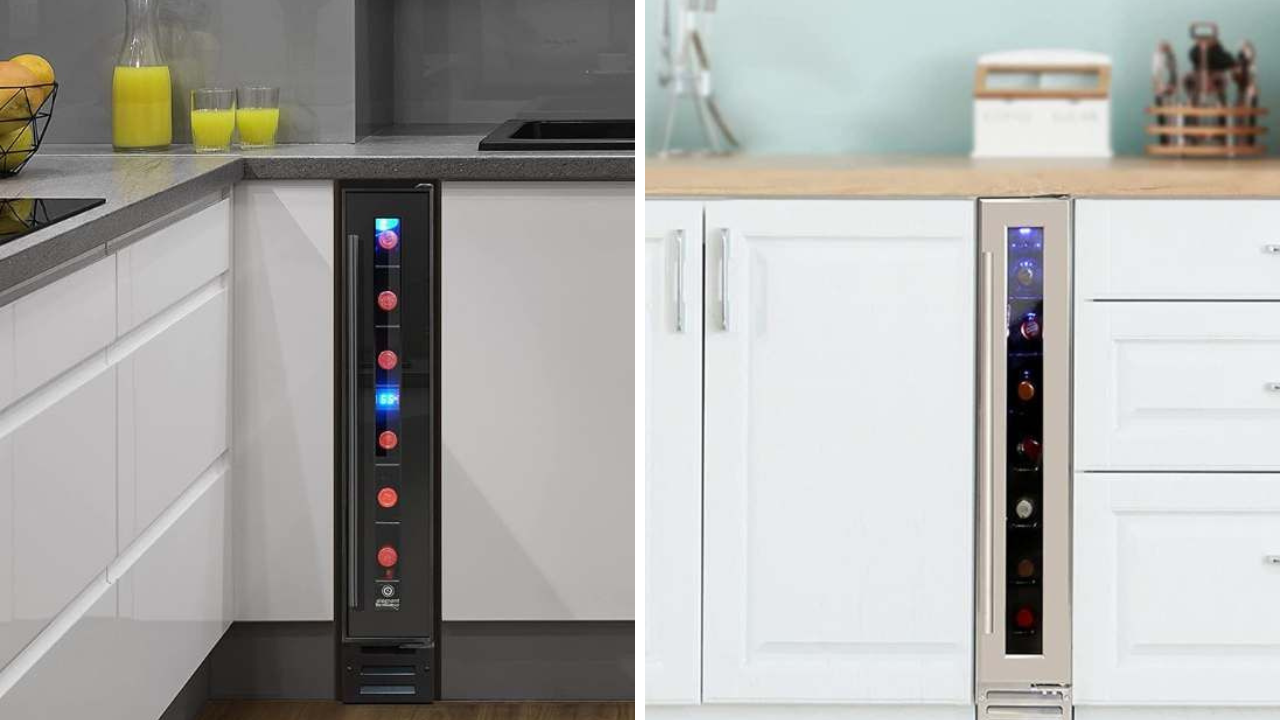
Cheers to a more enjoyable, sophisticated, and memorable wine experience!
IncredibleRatings










